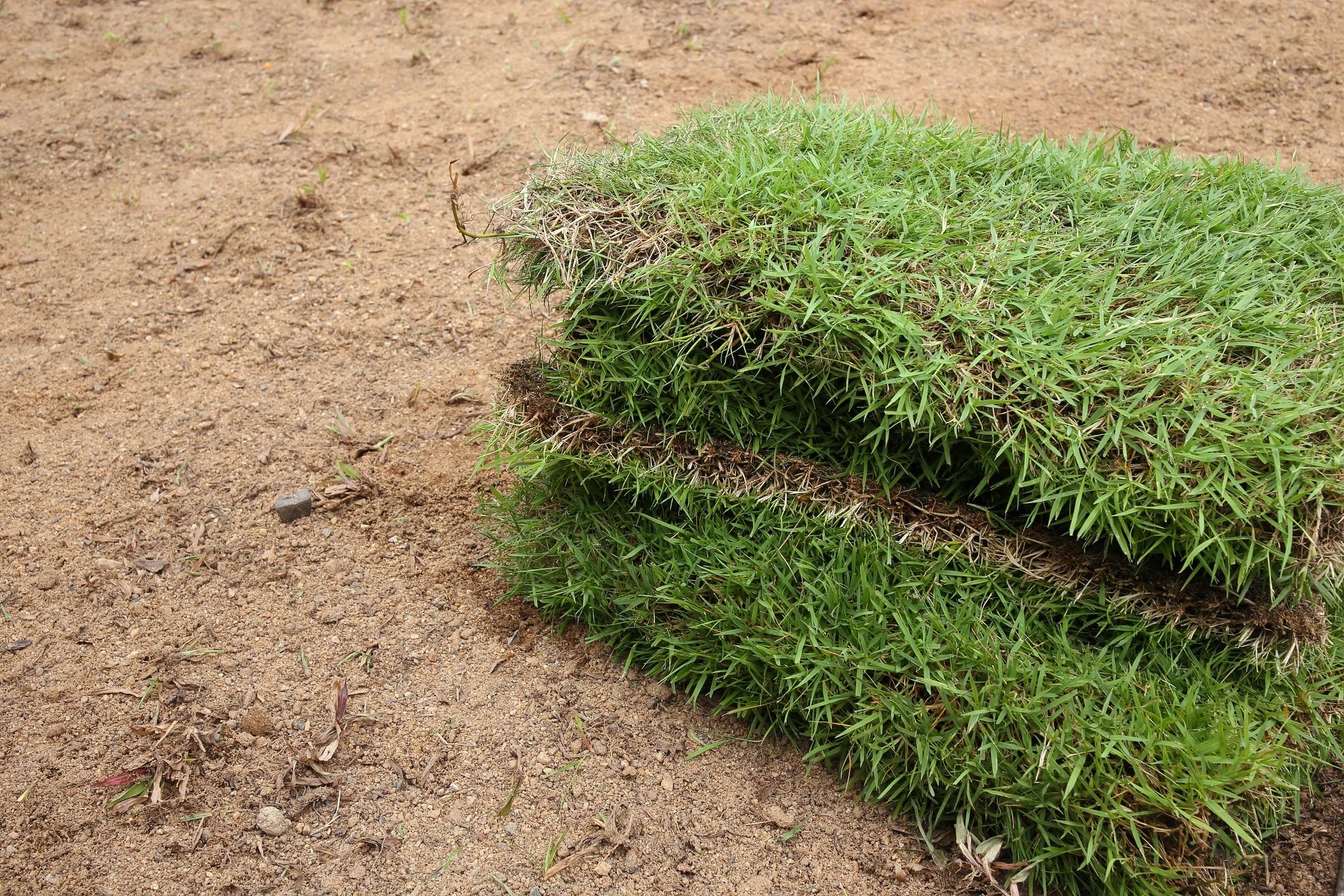Installing sod in the winter can be a great way to give your lawn a head start on the growing season. While most people associate sod installation with the warmer months, winter can actually be an ideal time to lay sod.
When installing sod in the winter, it is important to choose a high-quality sod that is well-suited to the climate and soil conditions in your area. For example, if you live in an area with cold winters, you will want to choose a sod that is tolerant of cold temperatures. Similarly, if you live in an area with heavy clay soil, you will want to choose a sod that is tolerant of heavy clay soils.
Before installing the sod, it’s important to prepare the soil. This includes removing any dead grass or debris, tilling the soil to loosen it up, and making sure the soil is level and free of large stones or other debris. It’s also a good idea to fertilize the soil and add any necessary amendments, such as lime or gypsum, to improve the soil’s fertility.
Once the soil is prepared, the sod can be laid. It’s important to make sure the sod is laid with the edges butted together, and to avoid leaving any gaps or overlaps. The sod should be pressed firmly into the soil to ensure good soil-to-sod contact.
After the sod is laid, it is important to water it thoroughly to help it establish roots. If the soil is frozen, and the ground is covered with snow, it may be difficult to water the sod. In this case, it’s best to wait until the soil thaws and the ground is no longer frozen before watering.
It’s also important to keep the sod well-watered during the winter months to ensure that the roots establish properly. This is particularly important if the weather is dry and there is little snow or rain. If you’re installing the sod during a particularly cold winter, you may need to protect it from frost by covering it with a layer of straw or other mulch.
One of the main benefits of installing sod in the winter is that it allows the grass to establish itself before the onset of hot summer weather. This can lead to a healthier lawn with fewer bare spots. Additionally, installing sod in the winter can save you time and effort in the spring, as you won’t need to worry about preparing the soil or laying the sod when the weather is warmer.
In conclusion, installing sod in the winter can be a great way to give your lawn a head start on the growing season. It’s important to choose a high-quality sod that is well-suited to the climate and soil conditions in your area and to prepare the soil properly before laying the sod. Keeping the sod well-watered during the winter months and protecting it from frost, if needed, will help ensure that the roots establish properly. Installing sod in the winter can lead to a healthier lawn with fewer bare spots and can save you time and effort in the spring.

